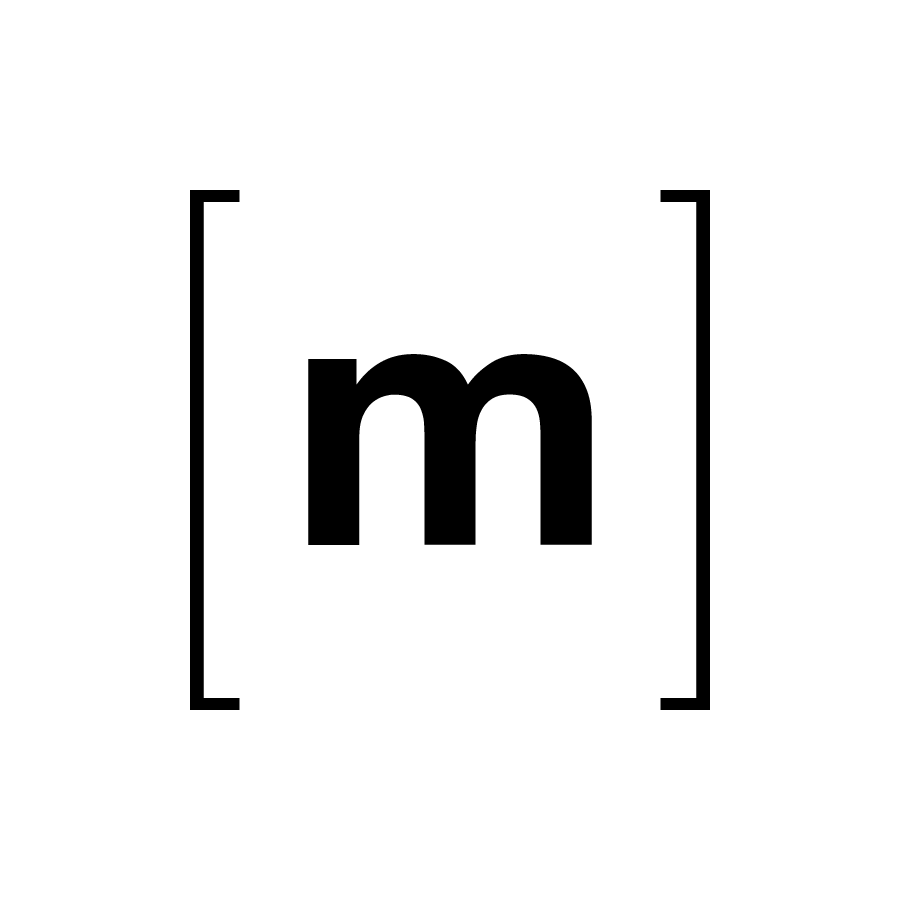Inside Matrix, the protocol that might finally make messaging apps interoperable:
After years of walled gardens, cross-pollination could be in sight
Interoperability and decentralization have been major themes in tech this year, driven in large part by mounting regulation, societal and industrial pressure and the hype trains that are crypto and web3. That rising tide is lifting other boats, such as an open standards-based communication protocol called Matrix — which is playing a part in bringing interoperability to another proprietary part of our digital lives: messaging.
The number of people on the Matrix network doubled in size this year, according to Matthew Hodgson, one of Matrix’s co-creators — a notable, if modest, boost to 80.3 million users (that number may be higher; not all Matrix deployments “phone home” stats to Matrix.org).
While the bulk of all this activity has been in enterprise communications, it looks like mainstream consumer platforms might now also be taking notice.
Some sleuthing from engineer and app researcher Jane Manchun Wong unearthed evidence that Reddit is experimenting with Matrix for its chat feature — a move more or less confirmed to TechCrunch by Reddit. A spokesperson said that it’s “looking at a number ways to improve conversations on Reddit” and was “testing a number of options,” though they stopped short of name-checking Matrix specifically.
Given the bigger swing in support of interoperability — it’s happening also in digital wallets and maps — a closer look at Matrix gives some insight into how we got here. In the beginning
Anyone who has ever sent an SMS or email won’t have considered for a second what network, service provider or messaging client their intended recipient used. The main reason is that it doesn’t really matter — T-Mobile and Verizon customers can text each other just fine, while Gmail and Outlook users have no problems emailing each other.
But that wasn’t always the case. In the earliest days of electronic mail, you could only message users on the same network. As mobile phones proliferated throughout the 1990s, people initially couldn’t message their friends if they were on a different mobile network. Europe and Asia led the charge on interoperability, and by the start of the millennium the big North American telcos also realized they could unlock a veritable goldmine if they allowed consumers to message their friends on rival networks. It was a win-win for everyone.
Fast-forward to the modern smartphone age, and while email hasn’t exactly gone the way of the dodo and SMS is still stuttering along, the preeminent communication tools of today aren’t nearly as friendly with each other. Those looking to embrace independent privacy-focused messaging apps such as Signal will hit a brick wall when they realize that literally all their pals are using WhatsApp. Or iMessage. Or Telegram. Or Viber … you get the picture.
This trend permeates the enterprise realm, too. If your work uses Slack, good luck sending a message to your buddy across town forced to use Microsoft Teams, while those in human resources shoehorned onto Meta’s Workplace can think again about DM-ing their sales’ colleagues along the corridor using Salesforce Chatter.
This is nothing new, of course, but the issue of interoperability in the online messaging sphere has come sharply into focus in 2022. Europe is pushing ahead with rules to force interoperability and portability between online platforms via the Digital Markets Act (DMA), while the U.S. has similar plans via the ACCESS Act.
Meanwhile, Elon Musk’s arrival at Twitter has driven awareness of alternatives such as Mastodon, the so-called “open source Twitter alternative” that shot past 2 million users off the back of the chaos at Twitter. Mastodon is powered by the open ActivityPub protocol and is built around the concept of the fediverse: a decentralized network of interconnected servers that allow different ActivityPub-powered services to communicate with each other. Tumblr recently revealed that it intends to support the ActivityPub protocol in the future, while Flickr CEO Don MacAskill polled his Twitter followers on whether the photo-hosting platform and community should also adopt ActivityPub.
But despite all the hullaballoo and hype around interoperability spurred by the Twitter circus in recent weeks, there was already a quiet-but-growing movement in this direction; a movement driven by enterprises and governments seeking to avoid vendor lock-in and garner greater control of their data stack.
Enter the Matrix
Matrix was developed inside software and services company Amdocs back in 2014, spearheaded by Hodgson and Amandine Le Pape who later left the company to focus entirely on growing Matrix as an independent open source project. They also sought to commercialize Matrix through a company called New Vector, which developed a Matrix hosting service and a Slack alternative app called Riot. In 2018, Hodgson and Le Pape launched the Matrix.org Foundation to serve as a legal entity and guardian for all-things Matrix, including protecting its intellectual property, managing donations and pushing the protocol forward.
The flagship commercial implementation of Matrix was rebranded as Element a little more than two years ago, and today Element — backed by Automattic, Dawn Capital, Notion, Protocol Labs and others — is used by a host of organizations looking for a federated alternative to the big-name incumbents sold by U.S. tech giants.
Element itself is open source and promises end-to-end encryption, while its customers can access the usual cross-platform features most would expect from a team collaboration product, including group messaging and voice and video chat.
Element can also be hosted on companies’ own infrastructure, circumventing concerns about how their data may be (mis)used on third-party servers, ensuring they remain in control of their full data stack — a deal-maker or breaker for entities that host sensitive data.
A growing array of regulations, particularly in Europe, are forcing Big Tech to pay attention to data sovereignty, with the likes of Google partnering with Deutsche Telekom’s IT services and consulting subsidiary T-Systems last year to offer German companies a “sovereign cloud” for their sensitive data.
This regulatory push, alongside growing expectations around data sovereignty, has been a boon for the Matrix protocol. Last year, the agency responsible for digitalizing Germany’s health care system revealed that it was transitioning to Matrix, ensuring that the 150,000 individual entities that constitute the health care industry such as hospitals, clinics and insurance companies, could communicate with each other regardless of what Matrix-based app they used.
This builds on existing Matrix implementations elsewhere, including inside the French government via the Tchap team collaboration platform, as well as the German armed forces Bundeswehr.
“The pendulum has been clearly swinging toward decentralization for quite a while,” Hodgson explained to TechCrunch. “We’re now seeing serious use of Matrix-based decentralized communications across or within the French, German, U.K, Swedish, Finnish and U.S governments, as well as the likes of NATO and adjacent organizations.”
Back in May, open source enterprise messaging platform Rocket.Chat revealed that it would be transitioning to the Matrix protocol. While this process is still ongoing, this represented a major coup for the Matrix movement, given that Rocket.Chat claims some 12 million users across major organizations such as Audi, Continental and Germany’s national railway company, The Deutsche Bahn.
“We believe that the value of any messaging platform grows based on its ability to connect with other platforms,” a Rocket.Chat spokesperson told TechCrunch. “We put a lot of effort into connecting Rocket.Chat with other platforms. We don’t have to worry about what client we use when emailing each other, and the same should be true when we’re messaging each other.”
What’s perhaps most interesting about all this is that it runs contrary to the path that traditional consumer and enterprise social networks, and team collaboration tools, have taken.
Slack, Facebook, Microsoft Teams, WhatsApp, Twitter and all the rest are all about harnessing the network effect, where a product’s value is intrinsically linked to the number of users on it. People, ultimately, want to be where their friends and work colleagues are, which inevitably means sticking with a social network they don’t particularly like or using multiple different apps simultaneously.
Open and interoperable protocols support a new breed of business that’s cognizant of the growing demand for something that doesn’t lock users in.
“Our goal is not to force people to use Rocket.Chat in order to communicate with each other,” Rocket.Chat’s spokesperson continued. “Rather, our goal is to enable organizations to collaborate securely and connect with other organizations and individuals across the platforms of their choosing.” Bridging the divide
The Matrix protocol also supports non-native interoperability through a technique called “bridging,” which ushers in support for non-Matrix apps, including WhatsApp, Telegram and Signal. Element itself offers bridging as part of a consumer-focused subscription product called Element One, where users pay $5 per month to bring all their friends together into a single interface — irrespective of what app they use.
This is enabled through publicly available APIs created by the tech companies themselves. However, terms of use are typically restrictive with regard to how they can be used by competing apps, while they may also enforce rate limits or usage costs.



